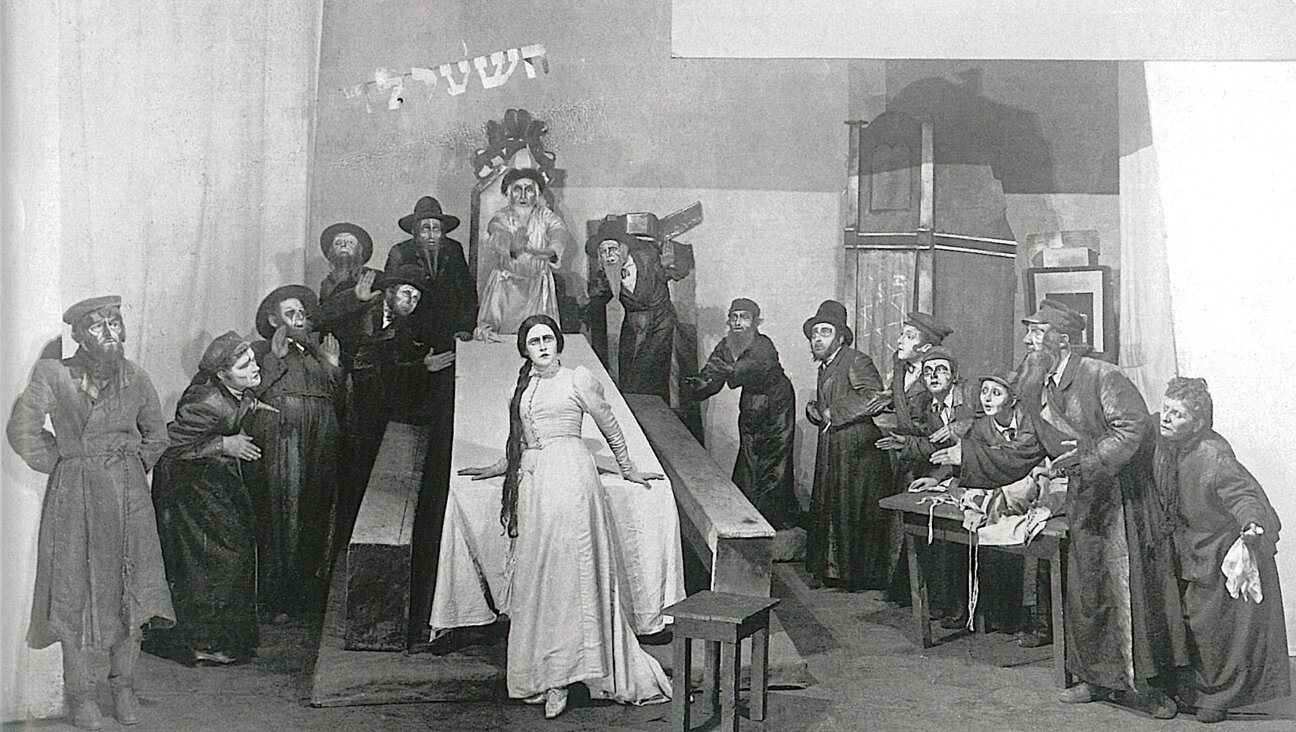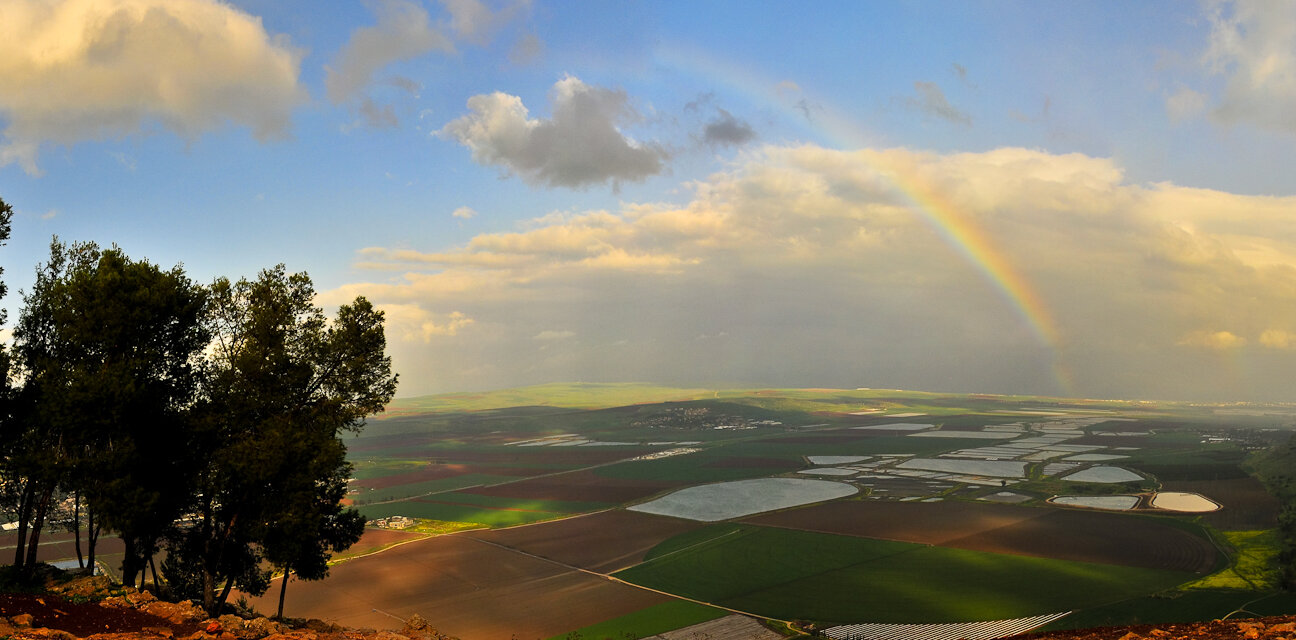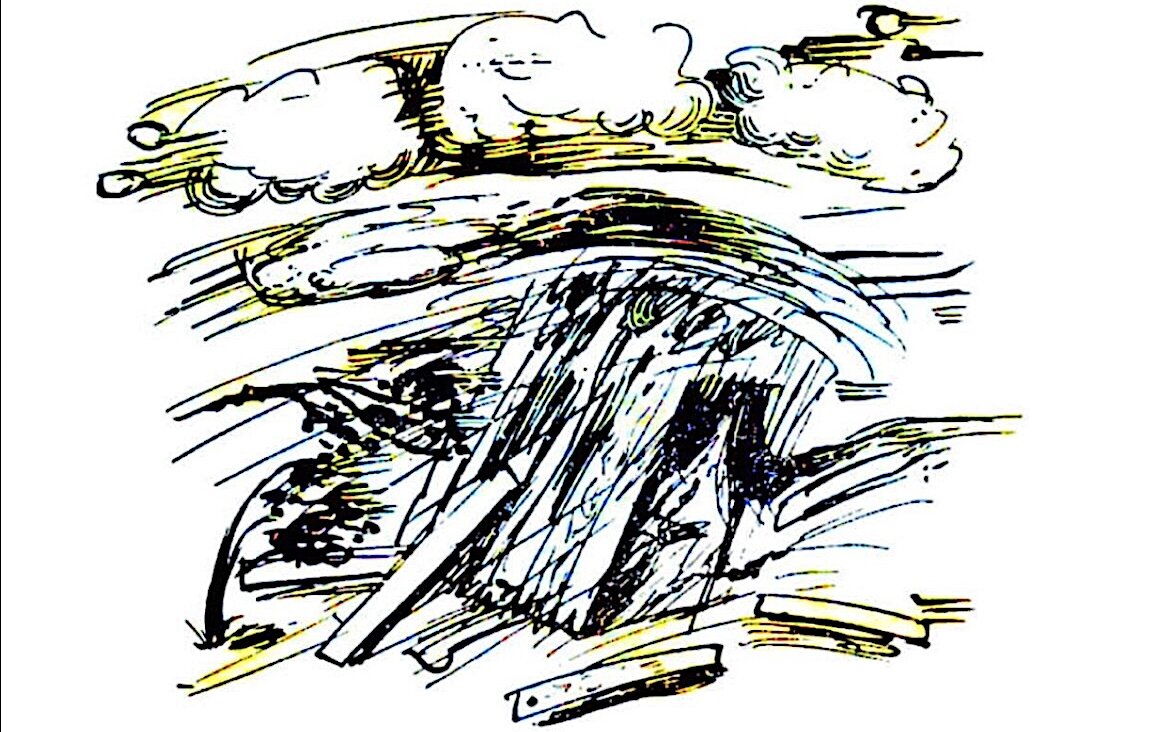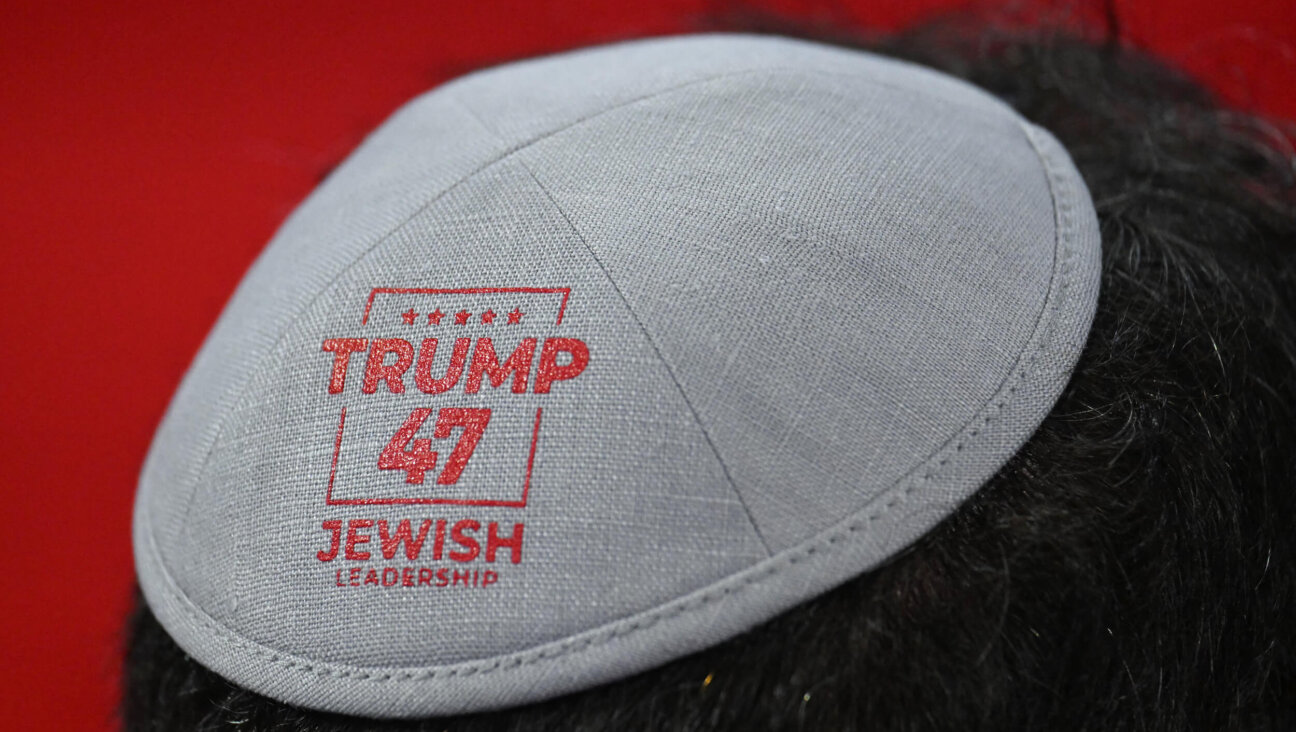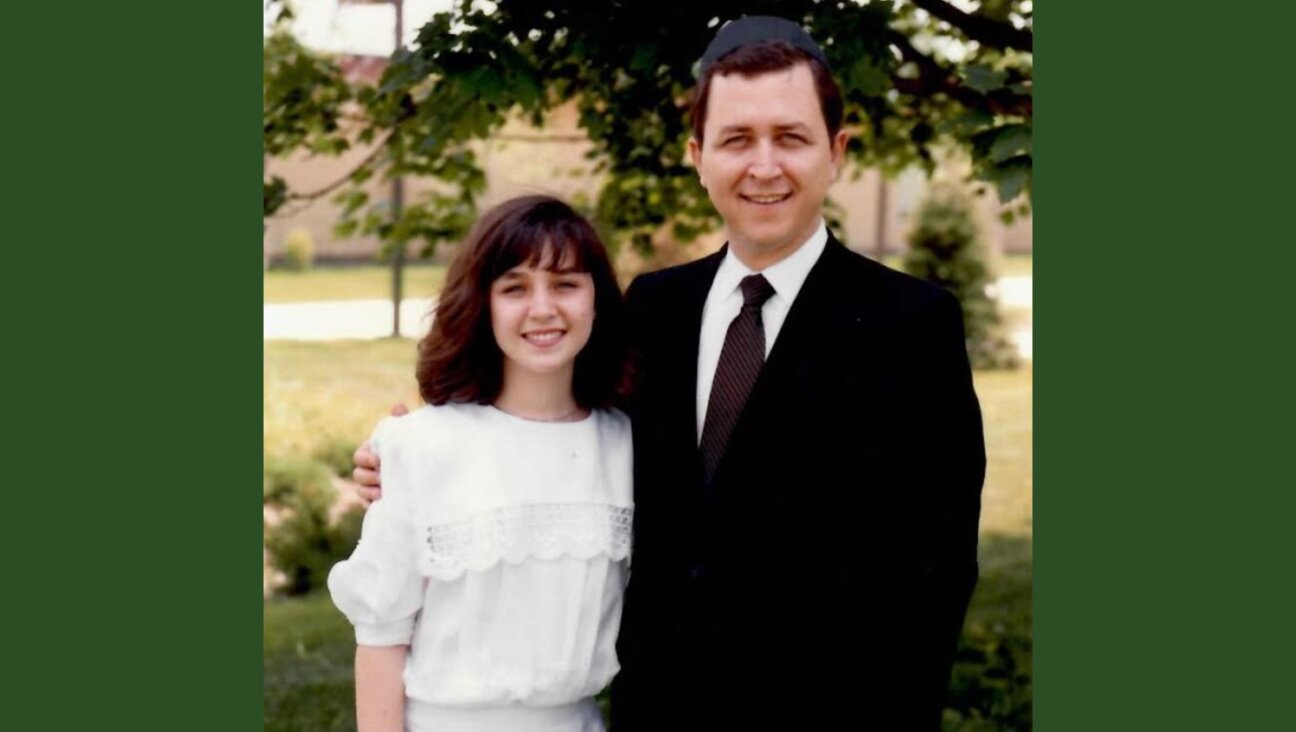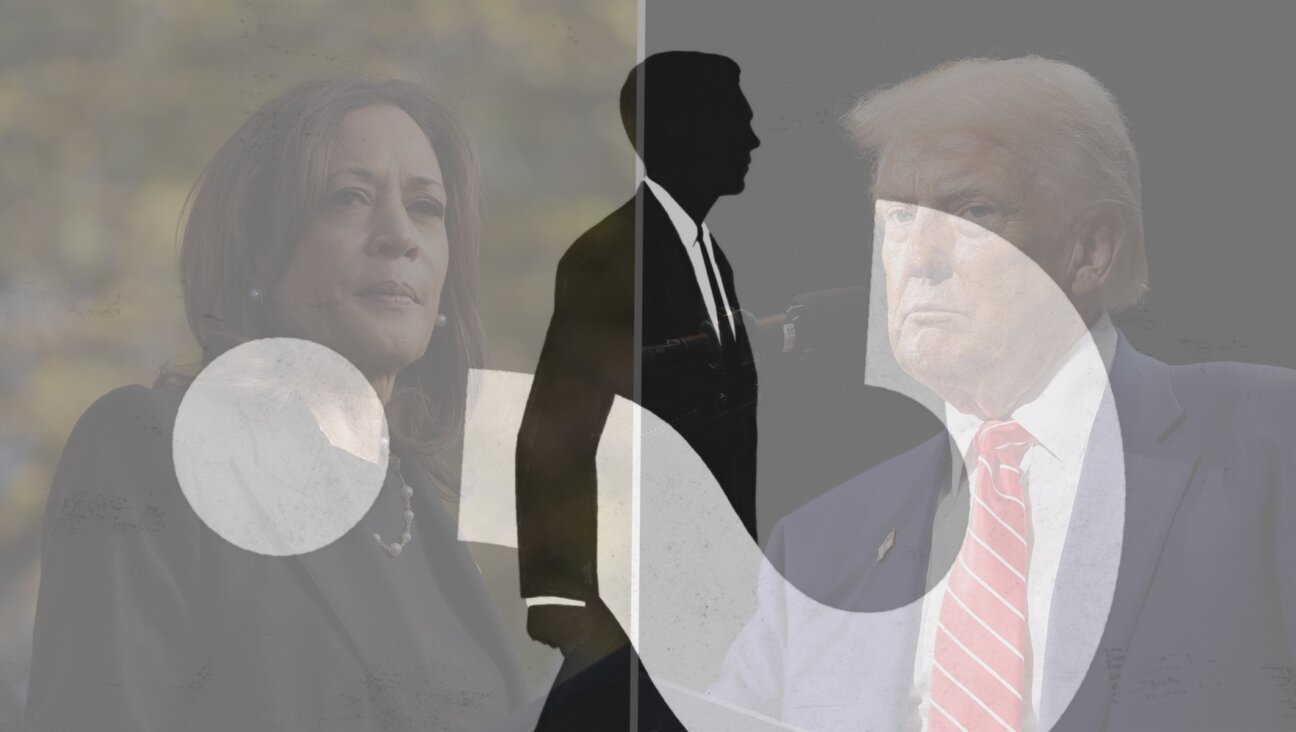Did you know that baklava is part of Ashkenazi culinary history?
This article is in response to the claim that baklava isn’t part of the Eastern European Jewish tradition
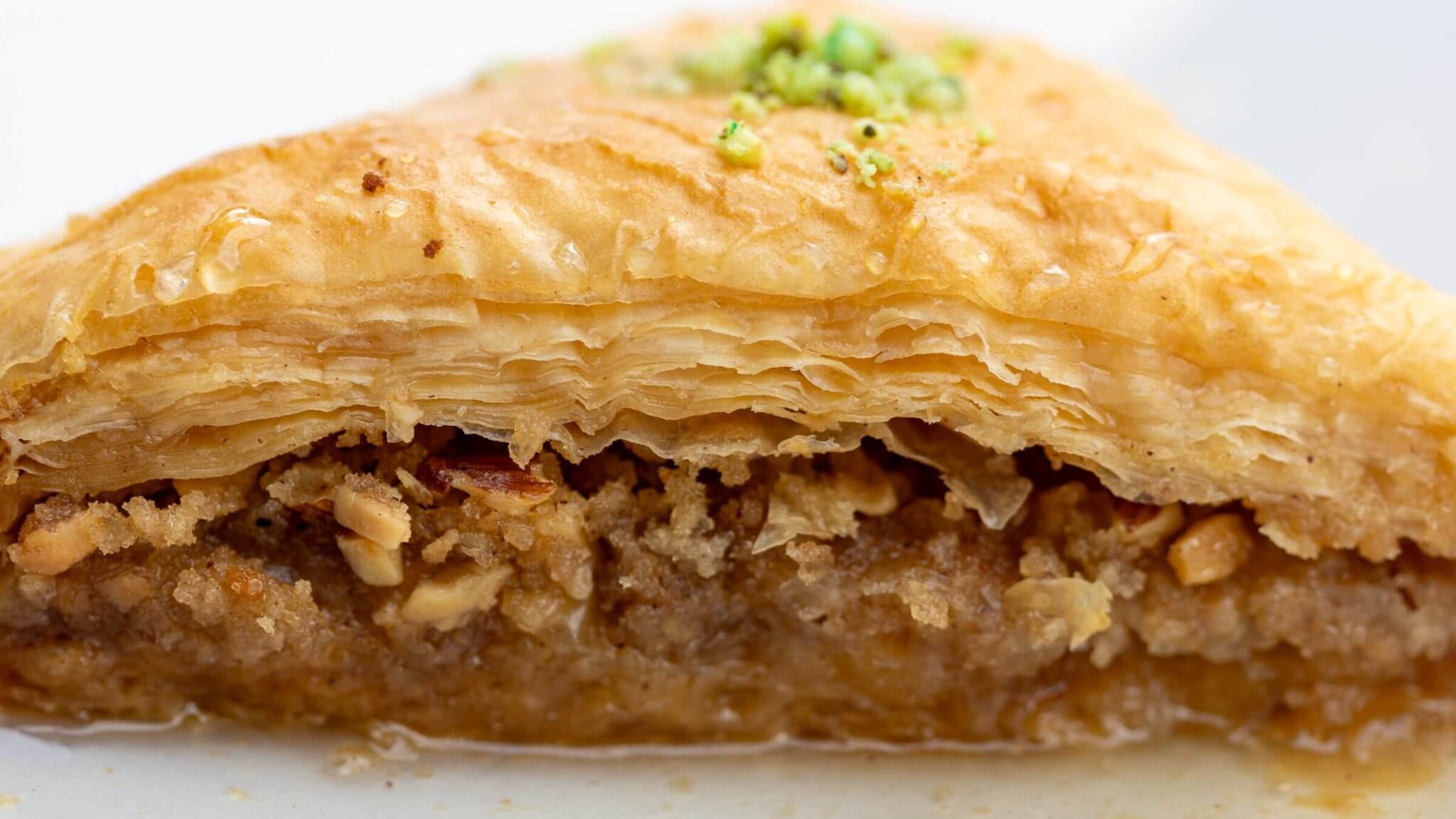
Photo by Aaron Jorbin / WordPress Photo Directory
Editor’s note: In our recent cooking demo showing 13-year old Sender Glasser making baklava in Yiddish, we wrote that “this dish isn’t part of his Eastern European heritage.” Reader Joseph-Kass Tomaras begs to differ.
When I was very young, my mother brought her grandfather Morris (Moishe) Belsky to tears with a platter of stuffed grape leaves.
She had married my father, a Greek gentile, and using recipe books, was teaching herself how to cook Greek dishes. We were living in Queens just a short bus ride away from my great-grandparents’ apartment. My great-grandmother Shirley (Sheyndl) was my mother’s mentor in cooking, cleaning, and other homemaking arts. When it came to cooking, however, Shirley’s expertise was limited to Ashkenazi cuisine of the Galician sort.
My mother certainly wasn’t expecting her grandfather’s tears of joy. When she unveiled the platter of dolmades (the Greek word for stuffed grape leaves), he cried out “Dolma!” in delight.
Nearly sixty years before, as a boy, he had left the shtetl he knew as Sukaron. It’s in a borderland of a borderland; my great-grandfather and his parents described themselves as coming from the region of Bessarabia, but after World War II, in which the Soviet Union reconquered both Bessarabia and Bukovina from Romania, the village, now called Sokyryany, was in a portion of Bessarabia granted to Ukraine rather than Moldova, along with the entirety of Bukovina.
Dolma, stuffed grape leaves, had been one of his mother’s specialties, but she had never been able to make them again after they moved to New York City. She didn’t shop in the Greek or Turkish or Syrian stores that would have stocked them. He had not had them since he was a child.
My great-grandfather’s childhood memory of stuffed grape leaves hint at its history under the suzerainty (the right of a country to partly control another) of the Ottoman Empire. And this is why I was delighted to watch the Forward’s video of young Sender Glasser telling us, in Yiddish, how to bake baklava. But in the accompanying article, when it says that he “knows that this dish isn’t part of his Eastern European heritage,” I thought: “Wait a minute, not so fast!”
We don’t often associate the Ottoman Empire with Yiddish-speaking Ashkenazi Jewry. We know about the Ladino-speaking Sephardi Jews who took refuge from the Inquisition in eastern Mediterranean cities; and, of course, the Mizrahi Jews (Jewish communities that lived in the Muslim world) with roots going back to the Babylonian exile, but the historical interaction between Ashkenazim and the Ottoman Empire is often overlooked.
The largest concentration of Ashkenazim in lands under Ottoman suzerainty was in the former kingdom of Moldavia, which at its historic peak comprised what is now northeastern Romania as well as the regions of Bessarabia and Bukovina. While much of the Ashkenazi migration into these regions likely came after the Ottomans lost political control, the cultural and culinary influences of Greek merchants and bureaucrats or Turkish garrisons clearly outlasted Ottoman power. This is shown by my great-grandfather’s love of dolma. But baklava also reportedly remains popular in northeastern Romania and former Soviet Moldova to this day.
There was also “the Old Yishuv” in Palestine, that is, the Jewish communities which predated Zionism as a political movement. While most of the Old Yishuv’s population consisted of Sephardim who spoke Ladino or Arabic, Yiddish speakers began joining them as religious pilgrims in the 18th century.
Sarajevo in Bosnia-Hercegovina was also a major center of the Ottoman Jewish population. Although most of its inhabitants were Sephardic Jews, Ashkenazim began joining them from Austria in the 17th century. While this migration sped after the Austrians conquered Bosnia from the Ottomans in 1878 (which led to World War I), it’s hard to imagine that in either Palestine or Bosnia the Ashkenazi newcomers would have refrained from trying a delicious, milkhik (dairy) dessert.
There were even Ashkenazim in Istanbul itself. In fact, they predate the Sephardi community there. When the Kingdom of Bavaria expelled its Jews in 1470, the Ottoman emperor provided them with refuge. 22 years later, their Sephardi counterparts migrated there as well.
I have deliberately avoided the controversies over whether baklava or dolma are of Turkish or Greek origin. What does seem probable, given the influence of both Greeks and Turks throughout the Ottoman Empire, is that, hundreds of years before the Forverts published the baklava cooking show in Yiddish, there were Ashkenazi Jews who ate baklava and either expressed their enjoyment or passed down the recipe in Yiddish.
Recipes involving phyllo dough took my mother longer to master than dolmades. For the latter, she could draw upon Shirley’s instructions on how to roll stuffed cabbage, just a different leaf. Figuring out the right proportions between butter and dough, and how to spread the finicky layers, took trial and error, with no older relative to guide her. So I don’t know if she ever brought a tray of baklava to her grandparents or how my great-grandfather reacted. I do believe, though, that he would have loved it, praising it as geshmak.
A message from our CEO & publisher Rachel Fishman Feddersen

I hope you appreciated this article. Before you move on, I wanted to ask you to support the Forward’s award-winning journalism during our High Holiday Monthly Donor Drive.
If you’ve turned to the Forward in the past 12 months to better understand the world around you, we hope you will support us with a gift now. Your support has a direct impact, giving us the resources we need to report from Israel and around the U.S., across college campuses, and wherever there is news of importance to American Jews.
Make a monthly or one-time gift and support Jewish journalism throughout 5785. The first six months of your monthly gift will be matched for twice the investment in independent Jewish journalism.
— Rukhl Schaechter, Yiddish Editor







